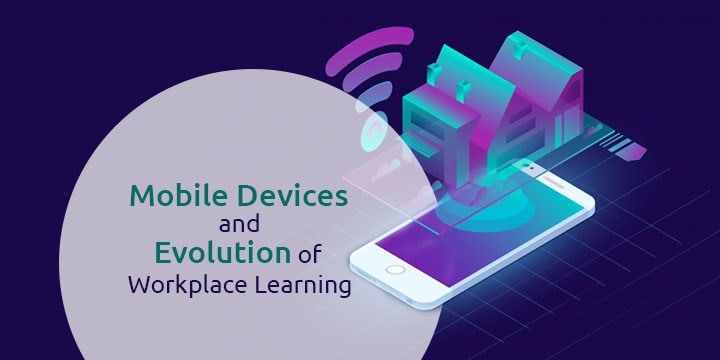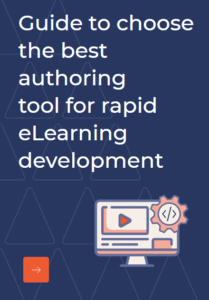Off to purchase travel tickets, or electronic goods, clothes, stationary or grocery? Well, going physically is no longer a necessity, now that apps can do all that. And not, just that even displays in showrooms have become augmented reality based, one scan and the object is added to the cart on the mobile device. Payment is mobile too. Televisions can be controlled using mobile phones, AI assistants on mobile can text and call on your command. Mobile devices are now an intrinsic part of the normal lifestyle and rightly so considering all that the multifaceted devices are capable of handling.
According to Statista in April 2018, “mobile devices excluding tablets accounted for 51.2 percent of web page views worldwide.” And this number is only set to increase in view of the constantly upgrading operating systems, RAM capacities and additional in-built features being added almost every day.
Mobile is everywhere, and this is not a random statement. According to Aruba Networks, “It’s now an expectation, for businesses to succeed – they need to embrace mobility – allowing their employees to be able to work anywhere, on any device. With the explosion of smartphones and tablets, the way we communicate, consume services, and manage our personal lives has been transformed.”
BYOD is Widely Accepted.
According to a report by MyCloudIT, “workers are more productive when they can bring their own device, and when workplace mobility is encouraged.” According to another report by Aruba Networks, “31% of companies surveyed use mobile communications apps to improve employee effectiveness.”
VMware’s 2016 The State of the Digital Workspace report points out that, “the BYOD trend in the modern workplace is strong, with 42% of survey respondents actively executing a BYOD program and 26% successfully executing. Only 11% have not deployed a BYOD program.”
Many leading organisations are promoting BYOD to encourage learning on the go, social learning and extra efforts are taken from content creation side to support this initiatives by making the specialize content which goes on various devices.
Mobility Transforms the Workplace
Thanks to flexible policies and the growing demand for all things mobile, organizations are switching towards a mobile approach. VMware’s report sates that, “Organizations were found to be in various stages of implementing mobile initiatives. Overall, almost 4 out of 5 organizations (78 percent) have successfully executed or are actively executing mobile initiatives.”
The top infrastructure investments (report by MyCloudIT) include 35% on New mobile customer-facing apps, 36% each on Rebuild mission-critical apps for mobility and Upgrading infrastructure to support mobile.
Again, quoting from the report by Aruba Networks, “For personal use mobile devices and apps provide entertainment, social media, shopping, navigation and banking. For work, they are used for voice communication, file sharing, video conferencing, CRM, unified collaboration, expense reporting, shared calendaring, help desk support, and project tracking. The lines between our social and work lives are becoming thinner every day. #GenMobile is changing the workplace, expecting flexibility in work schedules, work location and office design.”
As with everything else the shift towards mobile devices, the learning ecosystem around it has changed too, driving learning service providers to focus more on the mobile-first approach more than ever. The workplace has become more mobile and so, learning too must match the pace, give learners the flexibility they ask for. According to Ambient Insight’s 2014-2019 Worldwide Mobile Learning Market Forecast: Premium Edition, “Mobile Learning is now being embraced as an essential strategy to advance education in these dynamic economies. Many of these countries are mobile-only countries and Mobile Learning is the de facto dominant learning technology. In 67 of the 119 countries analyzed in this report, mobile Internet access rates are higher than PC access.”
But, mobility doesn’t really mean just the mobile devices. With smaller, smarter devices being added to the mix, the need for concise microlearning, performance support grows too. The key is to deliver relevant learning that suits the context. The learning design hence should focus on creating the best learn-on-the-go experience that keeps the learner engaged, provides opportunity to interact and assists in retaining the learning for longer time.
What are your thoughts on the mobile workforce? Do share your thoughts.



